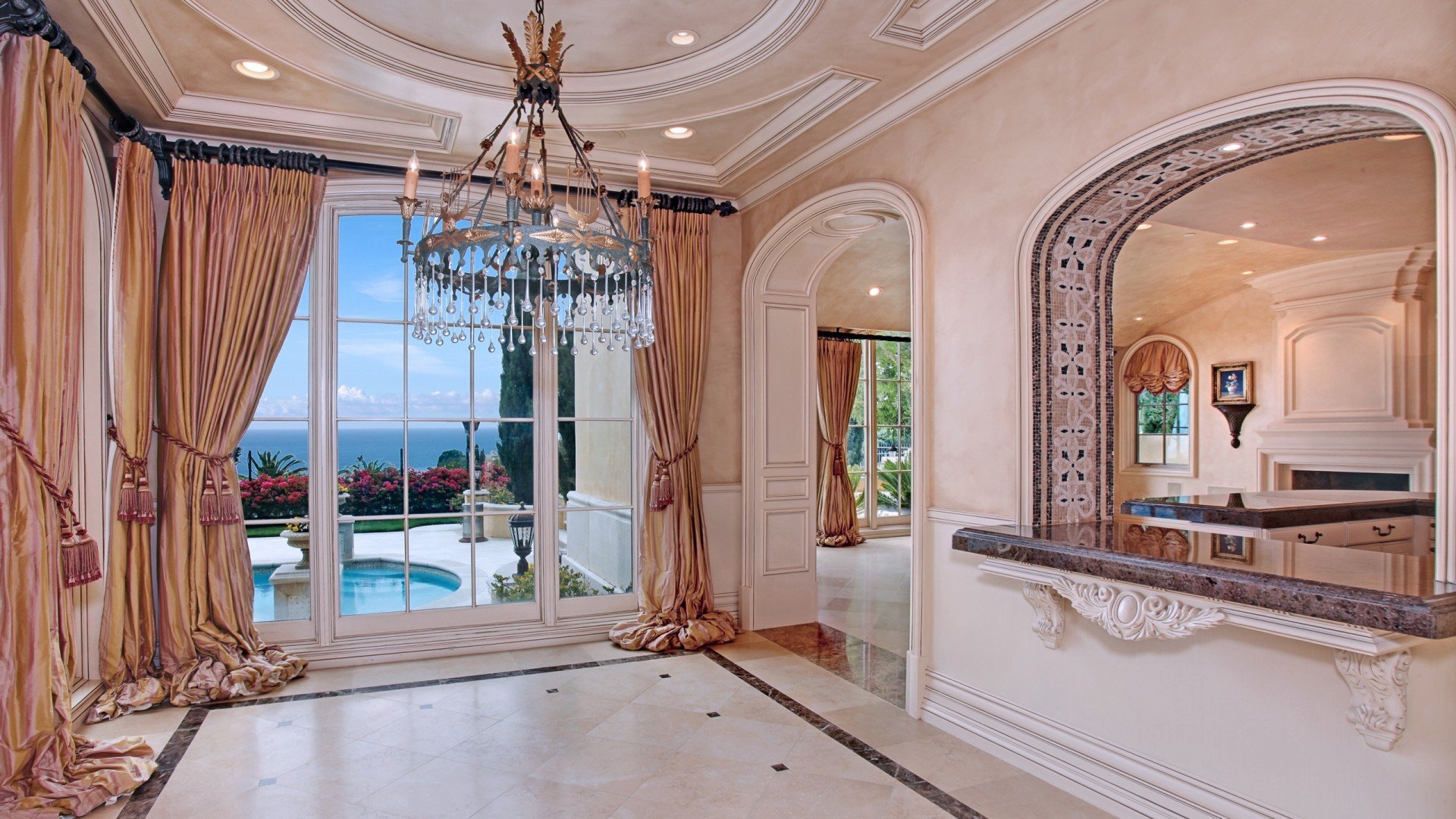Shaping Spaces: The Synergy of Architecture & Interior Design
When we think of the spaces we inhabit, it’s hard to ignore the fundamental roles that architecture and interior design play in shaping our physical environment. These two interconnected disciplines have a profound impact on the way we experience and interact with our surroundings, whether it be a towering skyscraper, a cozy home, or a bustling commercial space. Together, they work harmoniously to create spaces that not only meet our functional needs but also inspire, influence, and evoke emotion.
Architecture is the art and science of creating structures that are not only aesthetically pleasing but also structurally sound. It embraces the principles of form, function, and purpose, shaping the physical framework that encloses our lives. From the grandeur of ancient temples to the sleek modernist designs of today’s cities, architecture tells the stories of our past, defines the present, and paves the way for the future.
Enter interior design, the art of enhancing and enriching the interior spaces within these architectural frameworks. It is a multidisciplinary field that combines aspects of art, psychology, and craftsmanship to transform interiors into captivating and functional environments. Interior designers meticulously consider every detail, from color schemes and furniture layouts to lighting and materials, ensuring that the spaces within a structure align with the architectural vision while catering to the needs and desires of those who inhabit them.
Architecture and interior design are intrinsically linked, each relying on the other’s strengths to create awe-inspiring spaces. The seamless integration of these two disciplines results in spaces that are not only visually appealing but also highly functional, efficient, and adaptable. Through collaboration, architects and interior designers bring out the best in one another, pushing boundaries and creating designs that stand the test of time.
In this article, we will delve into the world of architecture and interior design, exploring their individual contributions, their intertwined relationship, and the powerful synergy they create. So join us on this captivating journey as we explore the transformative nature of these disciplines and discover how they shape the spaces we live, work, and play in.
The Impact of Architecture on Interior Design
Architecture and interior design are intrinsically linked, as one influences the other in creating harmonious and functional spaces. The way a building is designed sets the foundation for the interior design decisions that follow, shaping the overall aesthetic and experience of a space.
Firstly, architecture dictates the structural elements of a building, which directly impact the layout and flow of interior spaces. The placement and size of windows, doors, and walls determine how natural light enters the space and how rooms connect to one another. These architectural features serve as the backbone for interior design decisions, influencing the placement of furniture, lighting fixtures, and other elements.
The overall design style of a building also sets the tone for interior design choices. Whether it’s a sleek and modern skyscraper or a cozy and rustic countryside cottage, the architectural style guides the selection of materials, colors, and textures that will be used in the interior spaces. For example, a contemporary building may call for minimalist interior design with clean lines and neutral colors, while a traditional building may inspire classic and ornate interior design with rich furnishings and intricate detailing.
Additionally, the functionality of a building, as determined by its architecture, greatly impacts interior design considerations. The purpose of a space, such as a home, office, or retail store, influences how it should be designed to fulfill its intended use. An architect’s careful planning of room sizes, accessibility, and circulation paths allows interior designers to create functional layouts that optimize the space for its specific function.
In conclusion, architecture plays a fundamental role in shaping interior design. Its impact is evident in the layout, aesthetic style, and functionality of the spaces we inhabit. By understanding and capitalizing on the relationship between architecture and interior design, we can create spaces that are not only visually appealing but also conducive to our daily lives and activities.
Creating Harmonious Spaces
In the world of Architecture & Interior Design, creating harmonious spaces is an essential aspect that brings together the best of both disciplines. The synergy between architecture and interior design plays a crucial role in determining the overall aesthetic appeal and functionality of a space. By seamlessly integrating their visions and expertise, architects and interior designers collaborate to transform empty structures into inspiring environments.
At the heart of creating harmonious spaces lies the understanding of balance and proportion. Architects are responsible for the overarching design and layout of a building, ensuring that its structural integrity and functionality are met. They take into consideration factors such as natural light, ventilation, and the overall flow of the space. By partnering with interior designers, who focus on the finer details and aesthetics, they are able to enhance these architectural elements.
Interior designers bring personality and character into a space, establishing an atmosphere that reflects the needs and preferences of the occupants. They work with architects to optimize the placement of windows, doors, and walls, strategically incorporating elements that maximize natural light and connect indoor and outdoor spaces seamlessly. Through the careful selection of colors, materials, and textures, interior designers curate a sensory experience that harmonizes with the architecture and enhances the overall ambiance.
Additionally, the collaboration between architecture and interior design ensures that the functionality of a space is optimized. Architects and interior designers work together to determine the most practical and efficient use of space, creating layouts that promote ease of movement and usability. From the placement of furniture to the organization of rooms, every aspect is carefully considered to create a harmonious environment that not only looks stunning but also serves its intended purpose effectively.
The combination of architecture and interior design brings forth a cohesive and holistic approach to creating harmonious spaces. By leveraging their respective expertise, architects and interior designers work hand in hand to transform empty structures into captivating environments that inspire and engage. The result is a seamless integration of form, function, and aesthetics, where architecture and interior design unite to shape spaces that are both visually appealing and highly functional.
Collaboration and Integration
In order to truly optimize the potential of both architecture and interior design, collaboration and integration between these two disciplines is essential. By working together harmoniously, architects and interior designers can create spaces that seamlessly blend functionality, aesthetics, and user experience.
First and foremost, effective collaboration allows for the exchange of ideas and expertise between architects and interior designers. Through open dialogue and mutual respect, they can capitalize on each other’s strengths and perspectives. Architects bring their knowledge of structural design, spatial planning, and building codes, while interior designers contribute their expertise in color schemes, materials, and furniture layouts.
Moreover, integration at all stages of the design process ensures a cohesive and holistic approach to creating spaces. From the initial concept development to the final execution, architects and interior designers must align their visions, ensuring that the external and internal elements of a building complement and enhance each other. This integration results in spaces that not only look visually appealing but also function efficiently and cater to the needs and preferences of its users.
Lastly, collaboration and integration between architecture and interior design also extend to the selection and placement of materials, finishes, and furniture. By working together, architects and interior designers can choose materials that not only align with the overall aesthetic of the space but also fulfill the functional requirements. This coordinated decision-making process ensures that the materials used are not only visually pleasing but also durable, sustainable, and in harmony with the architectural design.

In conclusion, the synergy between architecture and interior design is achieved through collaboration and integration. By pooling their expertise and working together, architects and interior designers can create spaces that are visually captivating, functionally efficient, and tailored to the needs of the users. Through shared goals and a unity of purpose, they can shape spaces that inspire and enrich the lives of those who inhabit them.
